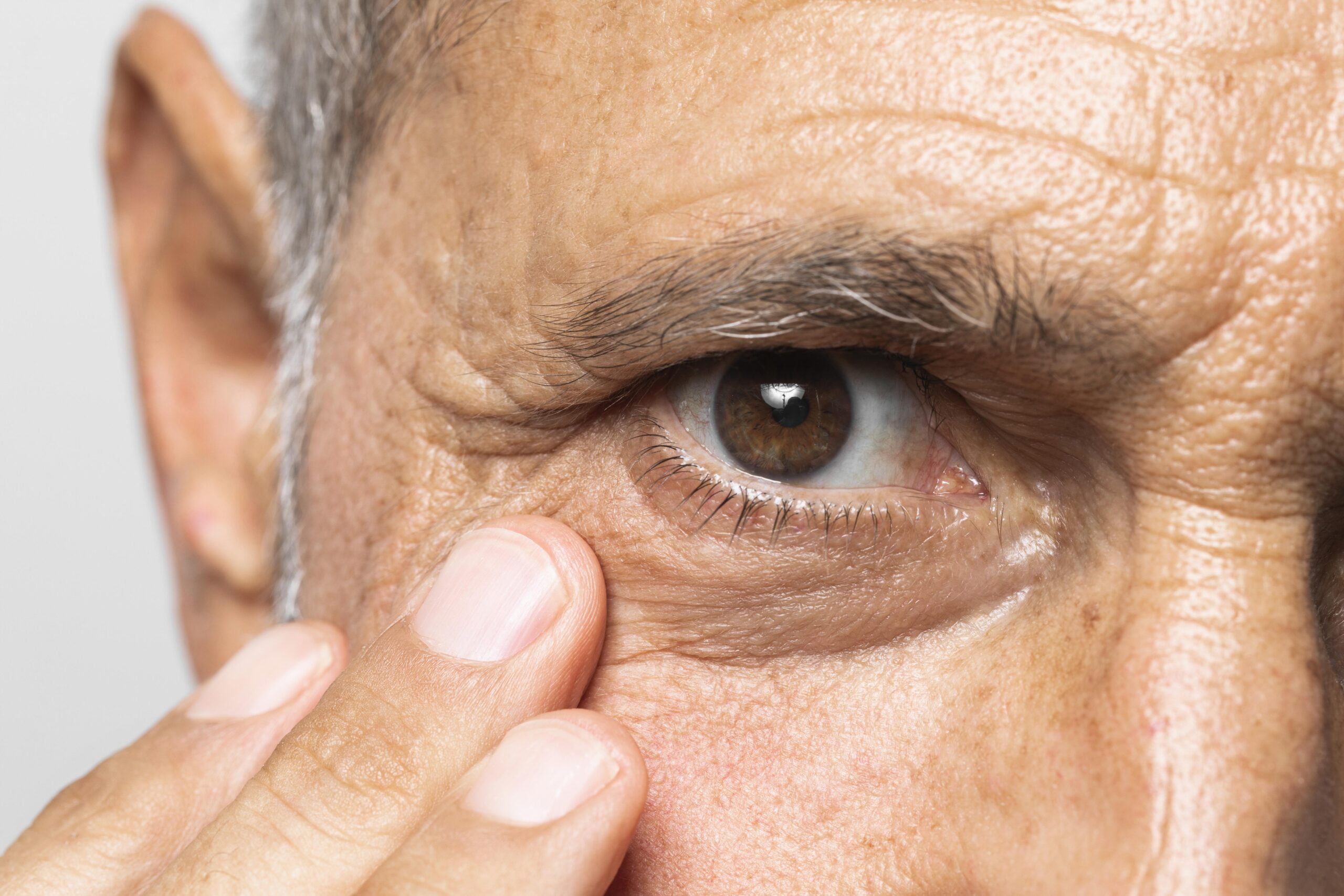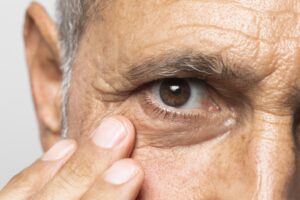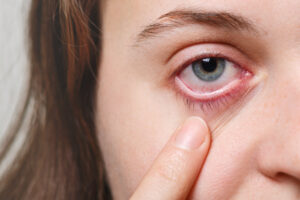What is Diabetic Retinopathy?
Diabetic retinopathy is a serious eye condition that affects people with diabetes. It happens when high blood sugar damages blood vessels in the retina. The retina is the part of your eye that senses light. Over time, this damage can cause vision loss or even blindness. However, early detection and treatment can help protect your sight. According to the CDC, diabetic retinopathy is a leading cause of vision loss in adults.
Causes of Diabetic Retinopathy
Diabetic retinopathy develops because of long-term high blood sugar. This can harm the tiny blood vessels in your eyes. As a result, these vessels may leak fluid or bleed. Over time, new, weak blood vessels can grow, making the problem worse. Other factors can increase your risk, such as:
Because these risks add up, it is important to manage your diabetes well.
Symptoms and Warning Signs
In the early stages, diabetic retinopathy often has no symptoms. Yet, as the disease gets worse, you may notice changes in your vision. Watch for these warning signs:
However, not everyone will have these symptoms. For this reason, regular eye exams are very important for people with diabetes.
How Diabetic Retinopathy is Diagnosed
Eye doctors use special tests to find diabetic retinopathy early. First, they will ask about your health and vision. Next, they will perform a dilated eye exam. During this test, the doctor uses drops to widen your pupils. This allows a clear view of the retina. Sometimes, doctors use imaging tests like:
These tests help spot swelling, bleeding, or new blood vessels. Early detection is key to preventing vision loss.
Treatment Options
Treatment depends on how severe the diabetic retinopathy is. In mild cases, better blood sugar control may slow the disease. For more advanced cases, doctors may suggest:
Because each person is different, your eye specialist will recommend the best plan for you. Early treatment can help save your vision.
Prevention and Lifestyle Tips
Although diabetic retinopathy is serious, you can lower your risk. Try these tips to protect your eyes:
Additionally, follow your doctor’s advice about diabetes care. Early detection and healthy habits can help prevent vision loss.
In summary, diabetic retinopathy is a common diabetes complication that can lead to vision loss. However, regular eye exams and good diabetes control can help protect your sight. Consult an eye specialist for personalized advice and regular screenings.







